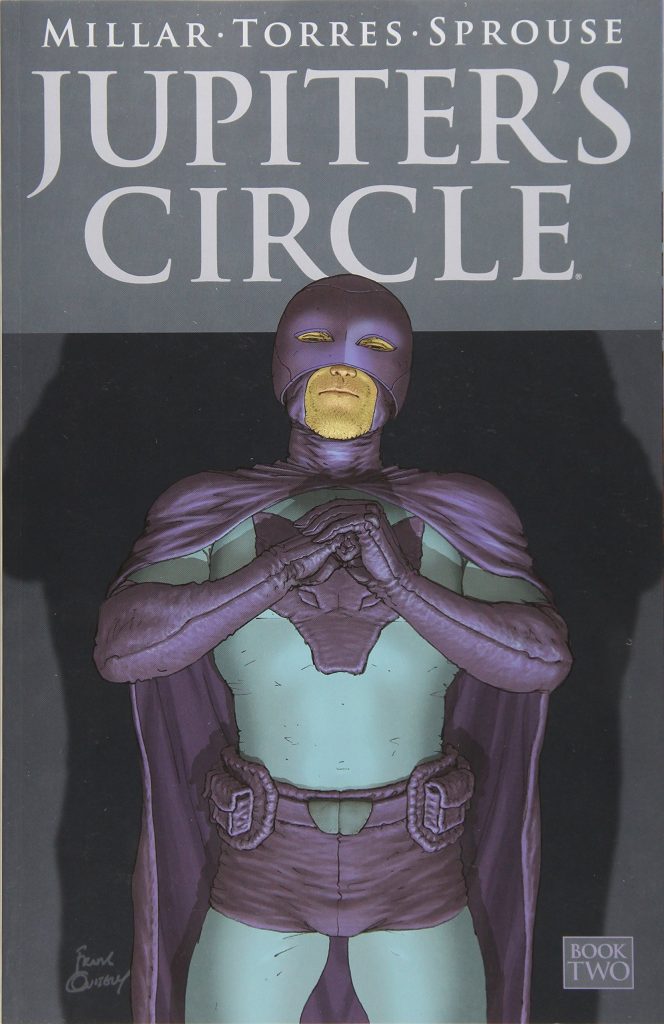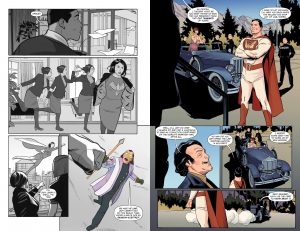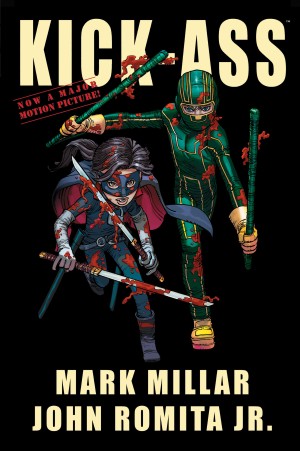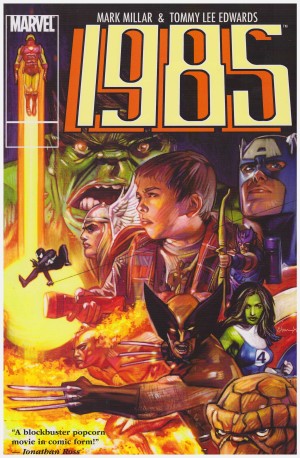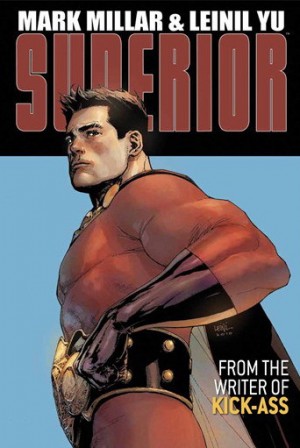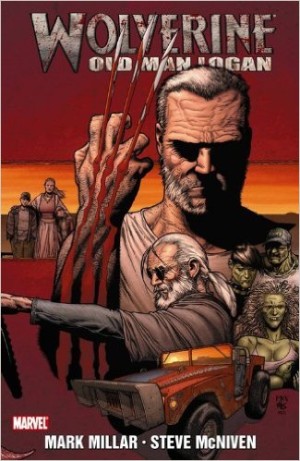Review by Frank Plowright
No-one can turn out a widescreen superhero drama like Mark Millar when he’s on form, but the first volume of Jupiter’s Circle felt very much like what it was: a rushed project to fill the gap in publication between the first and second parts of parent series Jupiter’s Legacy. The basic concept of taking a look at the group of heroes who fell apart back in their 1960s pomp was sound, but the results lacked the sparkle of the parent series. As the 1960s continue Millar uses the same device of familiar touchstones, but has given more thought to the possibilities of a society in turmoil. Momentous changes swept through the USA in the 1960s, and Millar drops his cast into the middle of that. Plenty of people have assumptions about how superheroes should behave, but the cast are essentially people with super powers rather than standard superheroes, so they defy predictability.
Miller also delivers shorthand versions of 1960s literary celebrities, William Burroughs, Jack Kerouac, and Ayn Rand as the equivalent of those little devils who talk over the shoulder in old cartoons, as does oil baron John Rockerfeller. It’s an interesting use of contemporary characters, with Rockerfeller brilliantly sleazy. So is Brain Wave, a superbly slimy and manipulative bundle of jealous resentments.
A wide selection of artists contribute, with Wilfredo Torres opening and closing the book, and Chris Sprouse otherwise contributing the most pages, sometimes producing full pencils, but generally layouts for Walden Wong to finish. It leads to some minor inconsistencies, such as no-one else picking up that Torres draws the Utopian as if Ronald Reagan, but the Torres art is are better than before, and Rick Burchett, Davide Gianfelice, and Ty Templeton each contributing a few pages are absolutely fine.
That this improves on the opening volume is cemented by an extraordinary ending. Change has been brought about, and while there’s a sentimentality to what the Utopian does, it’s a phenomenal idea, and indicative of the imagination an on form Millar brings to projects. Versions of the idea have been used in Superman, but it’s taken Millar to inflate it.
While Jupiter’s Circle seeds much of what occurs forty years later in Jupiter’s Legacy, it stands on its own without that being relevant, and while informed by volume one, it can stand as separate.
